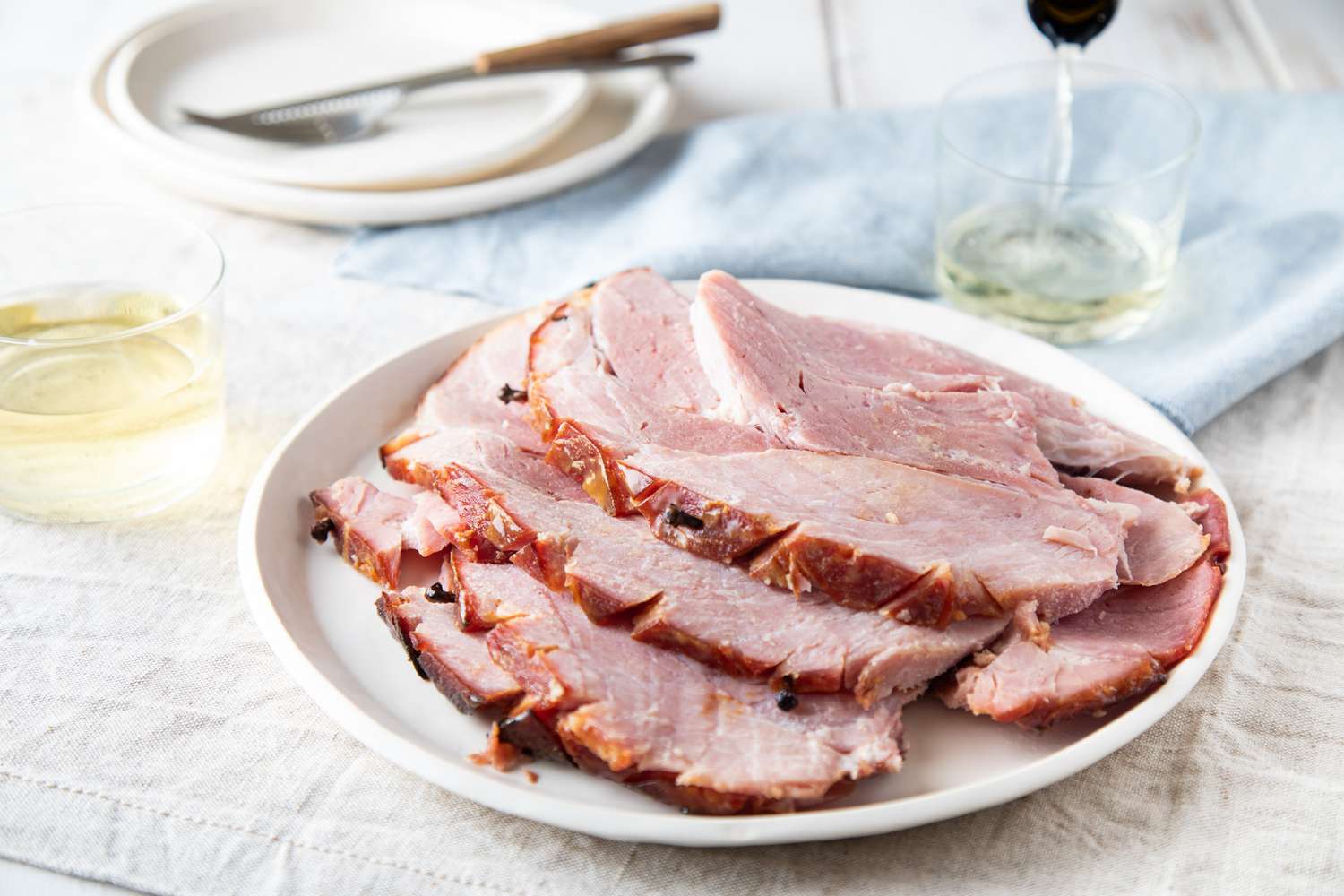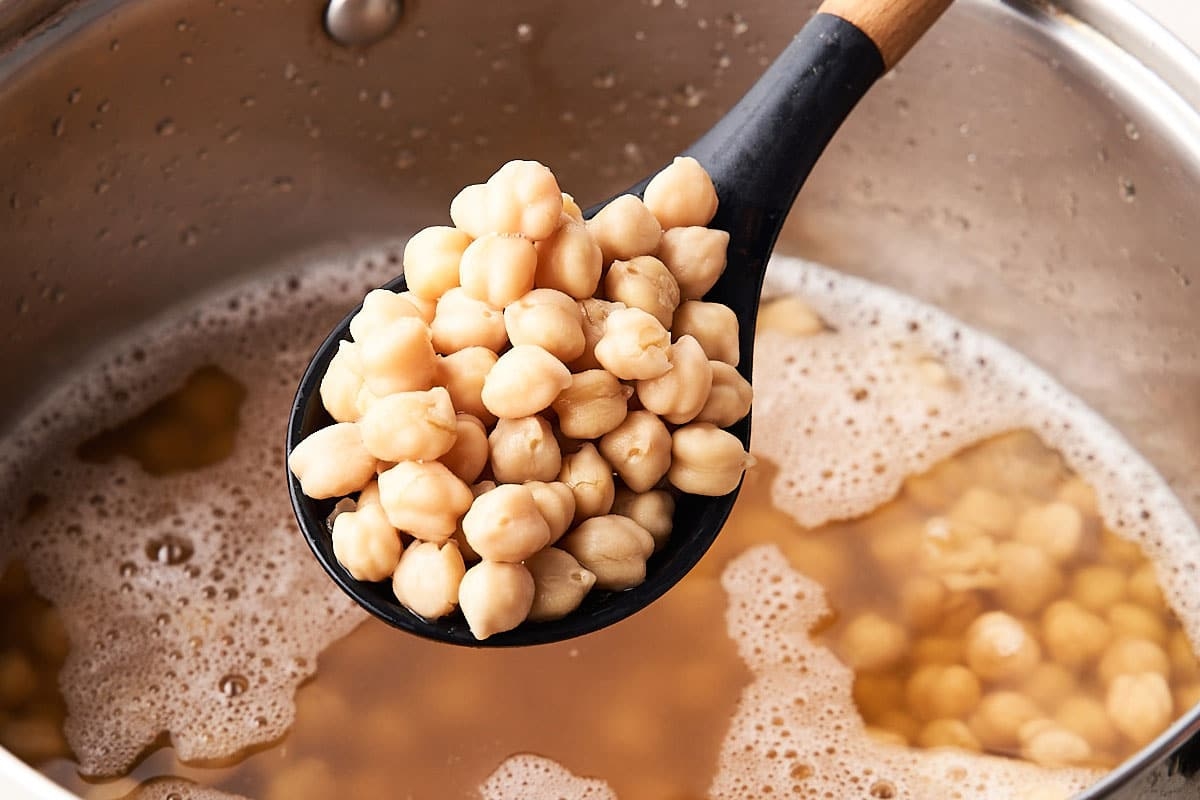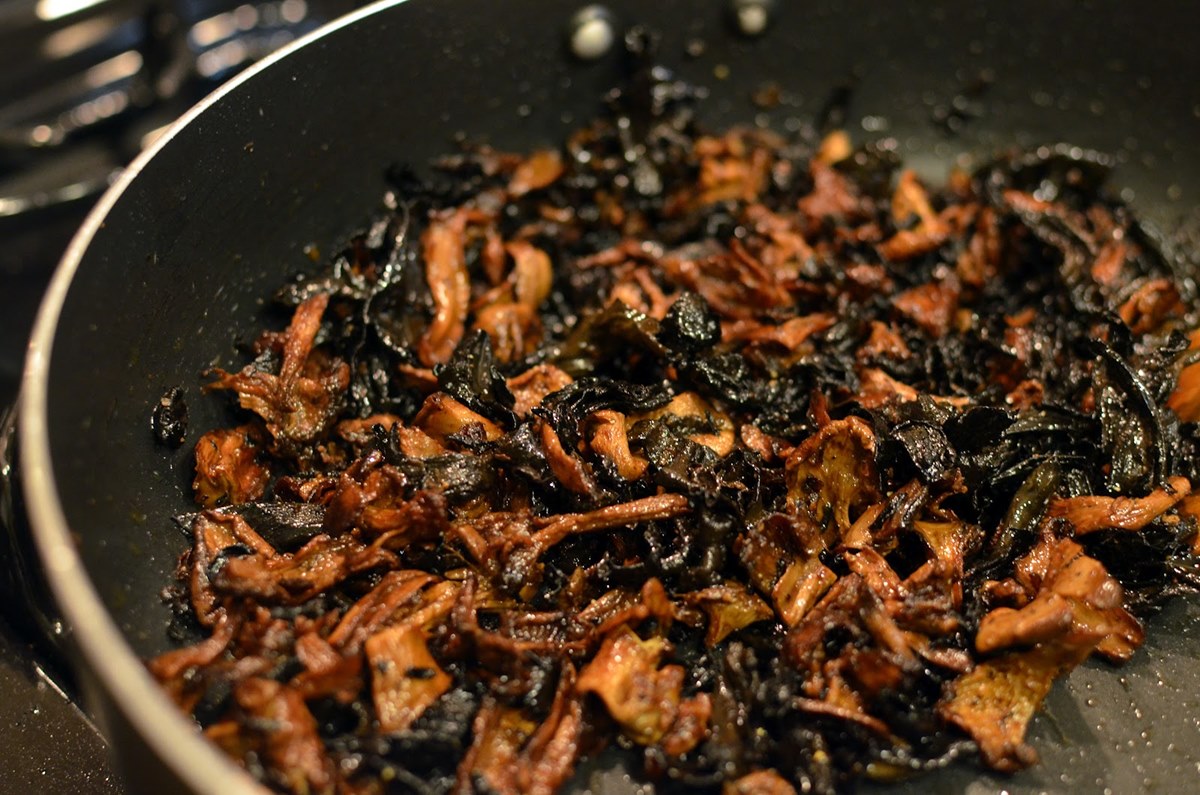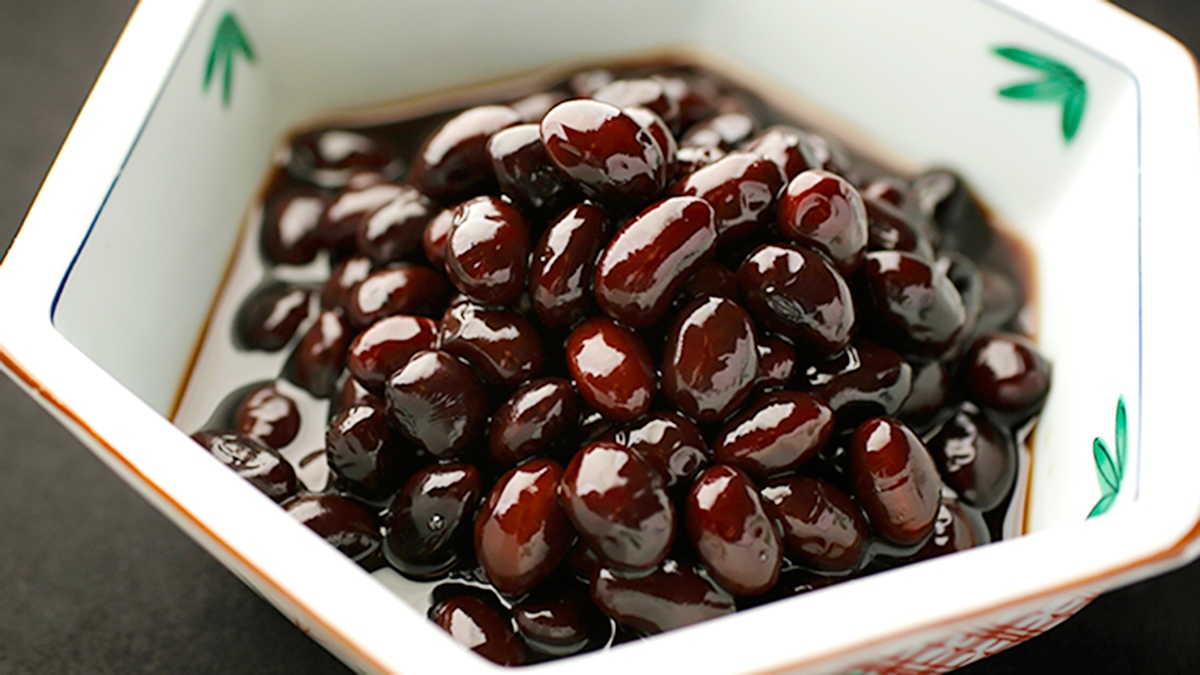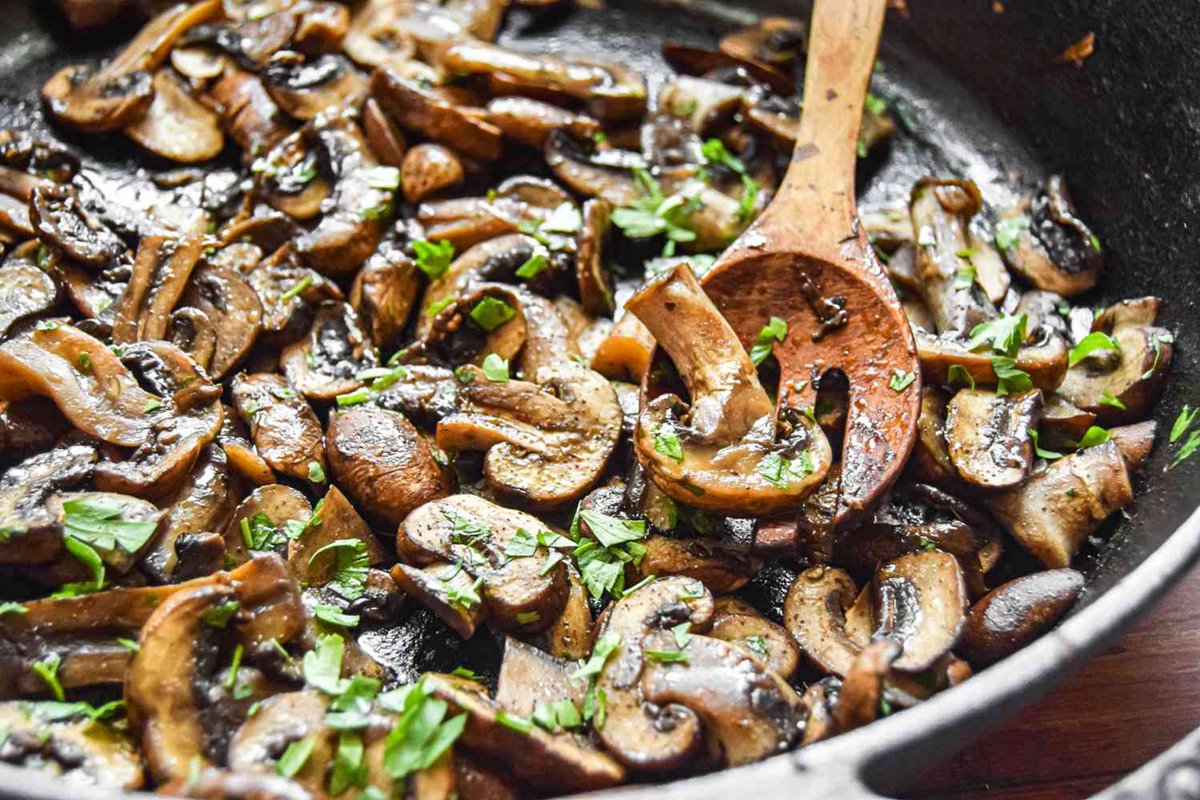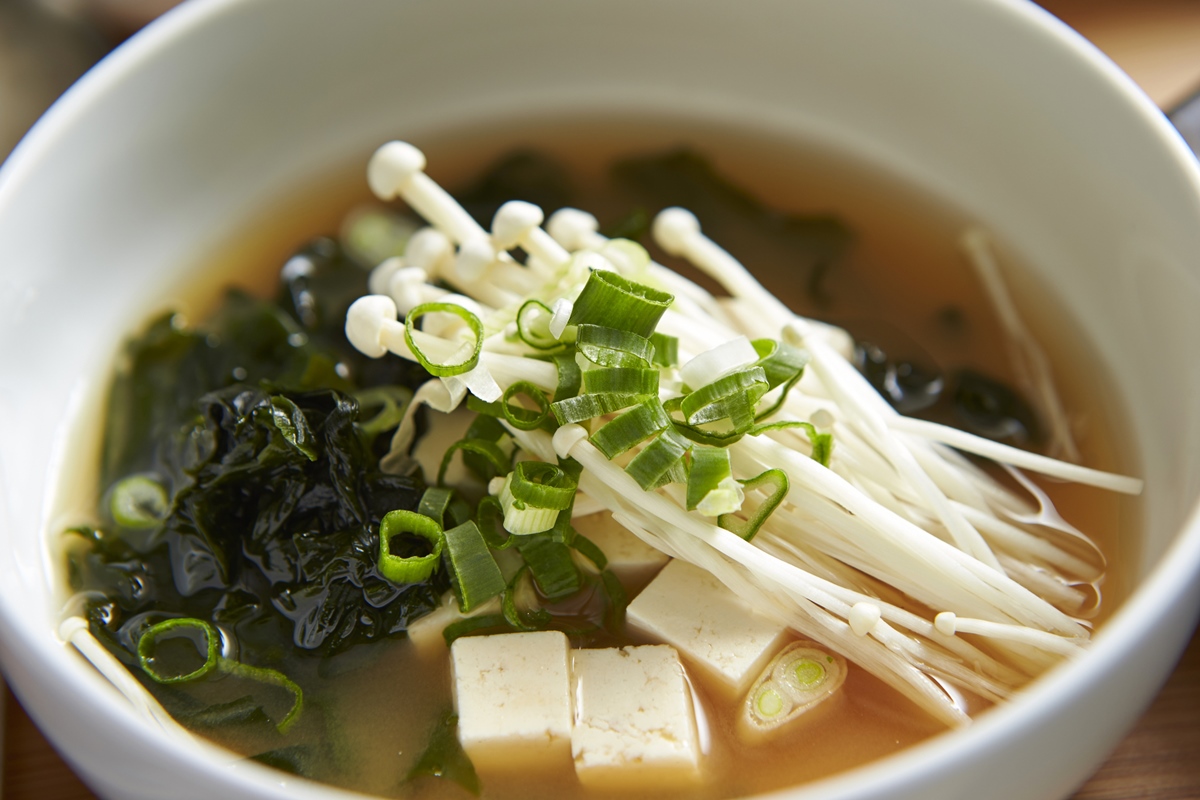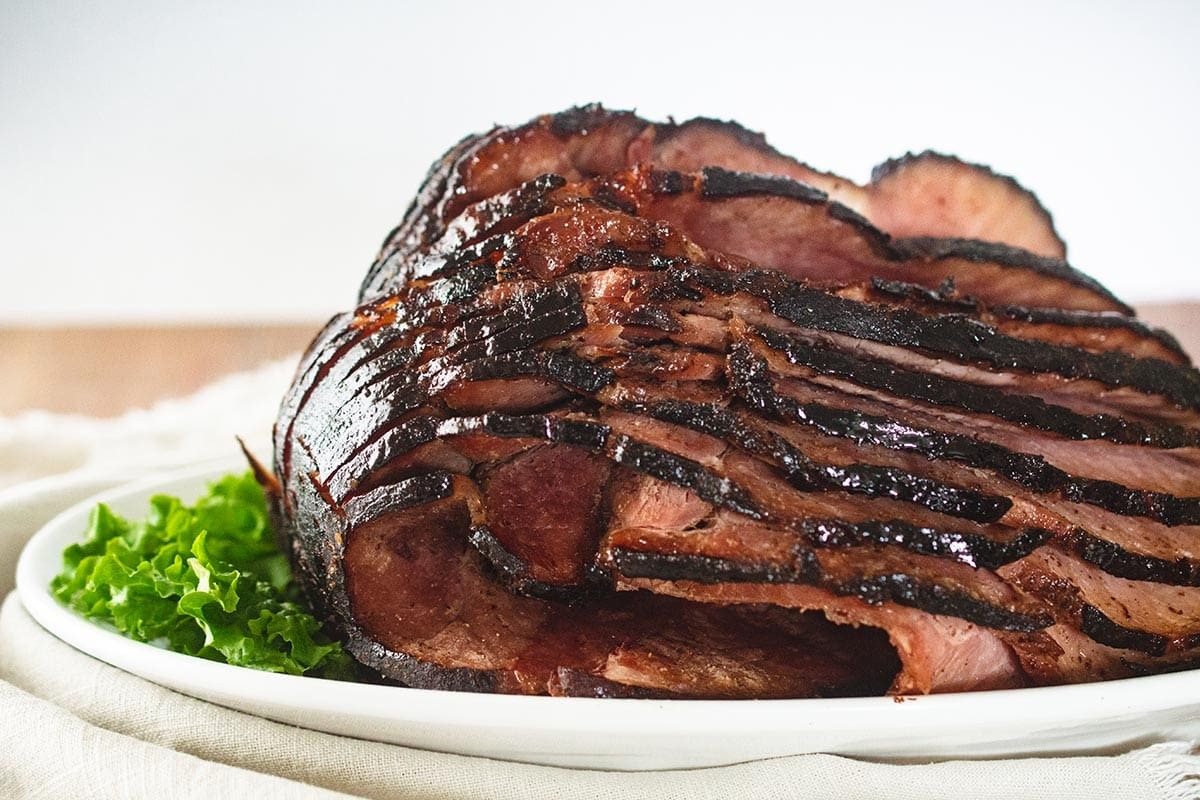How To Cook Canned Hearts Of Palm
If you’re a food lover looking to explore new flavors and diversify your culinary skills, then canned hearts of palm should definitely be on your list. This unique ingredient comes from the inner core of certain palm trees and has a tender, delicate taste that adds a refreshing touch to any dish. Here, we’ll guide you through the simple steps on how to unleash the potential of canned hearts of palm in your kitchen.
1. Selecting the Perfect Canned Hearts Of Palm
When choosing canned hearts of palm, look for ones that are packed in water or brine to maintain their natural crispness and flavor. Opt for organic varieties, if available, to ensure the highest quality. Check the expiration date and choose cans that are in good condition with no dents or bulges.
2. Rinsing and Preparing
Start by draining the liquid from the can and rinse the hearts of palm under cold water to remove any excess saltiness or brine. Gently pat them dry with a paper towel. You can then slice them into desired shapes, such as rounds or chunks, depending on the recipe you’re planning to make.
3. Enjoying Hearts Of Palm as a Salad
Hearts of palm make a delightful addition to salads, providing a unique texture and mild flavor. Toss them with your favorite greens, such as lettuce or arugula, and add some cherry tomatoes, cucumbers, and avocado slices for extra freshness. Drizzle with a light vinaigrette dressing or squeeze some lemon juice over the top.
4. Cooking Hearts Of Palm in Warm Dishes
Hearts of palm also work well in warm dishes, bringing a delightful creaminess and subtle tanginess. You can sauté them with other vegetables like bell peppers and onions to create a flavorful side dish. Alternatively, incorporate them into pasta dishes, stir-fries, or risottos for an exotic twist.
5. Grilling Hearts Of Palm
For a unique and delicious grilling experience, consider using hearts of palm as a vegetarian alternative to seafood. Marinate them in your favorite herbs and spices, such as garlic, paprika, and lemon zest, then grill them until slightly charred and tender. Serve them alongside grilled vegetables or as a tasty skewer option.
6. Substituting Hearts Of Palm
If you ever find yourself craving the flavors of crab or lobster but prefer a vegetarian or vegan option, hearts of palm can make an excellent substitute. Their texture and taste bear a resemblance to these seafood delicacies, making them a great addition to plant-based recipes like vegan crab cakes or seafood-inspired pasta dishes.
With their unique flavor and versatile nature, canned hearts of palm offer a delicious and exciting addition to your culinary repertoire. Get creative and experiment with different recipes to experience the wonders of this remarkable ingredient. From salads to warm dishes and even grilling, the possibilities are endless. So next time you’re on a culinary adventure, don’t forget to grab a can of hearts of palm to elevate your cooking to a whole new level!
Explore Exciting Recipes with Hearts of Palm
After mastering the basics of cooking canned hearts of palm, it's exciting to integrate this versatile ingredient into a variety of dishes. For those eager to experiment, the Hearts of Palm and Avocado Salad Recipe offers a refreshing mix of textures and flavors, perfect for a light lunch. If you're seeking a heartier, plant-based option, the Vegan Hearts of Palm Crab Cakes Recipe mimics traditional seafood cakes and is highly recommended for its unique use of hearts of palm. Additionally, the Grilled Hearts of Palm Skewers Recipe is a fantastic choice for outdoor cooking, providing a delightful charred flavor. Each recipe utilizes hearts of palm in creative ways, ensuring your meals are both nutritious and exciting. Trying these dishes will not only broaden your culinary repertoire but also impress your guests with your sophisticated use of this tropical ingredient.
Was this page helpful?
Read Next: How To Cook Moose Roast
